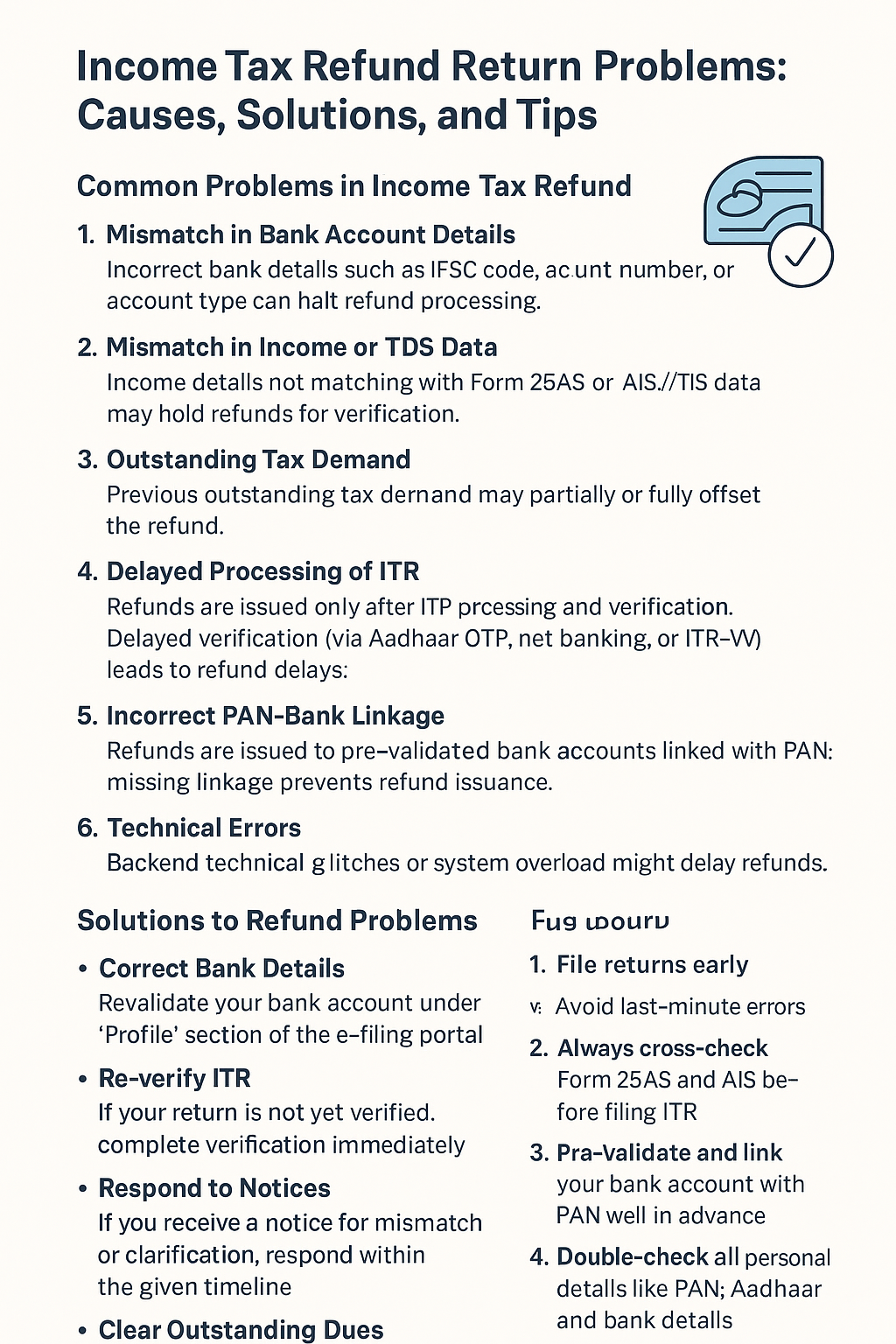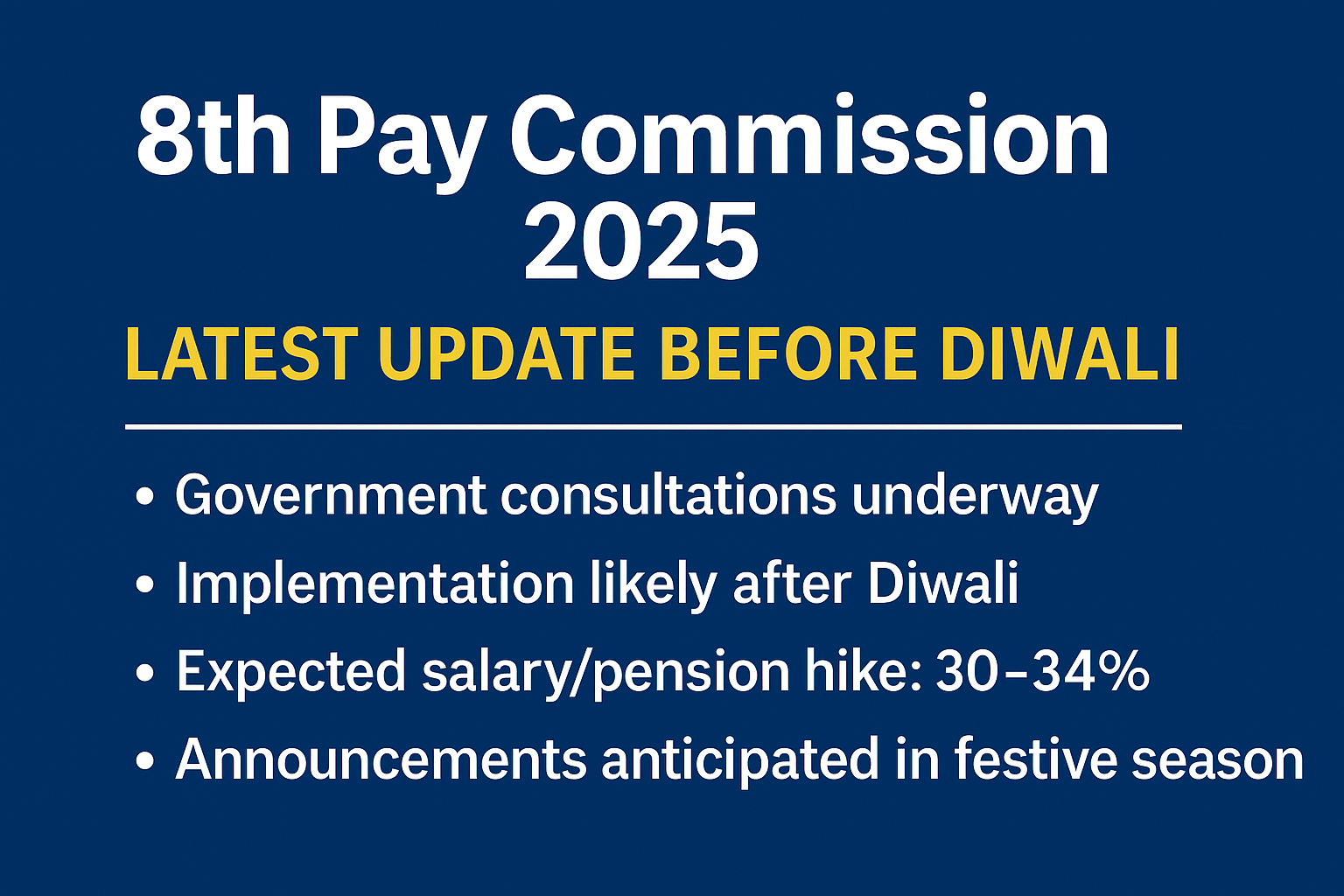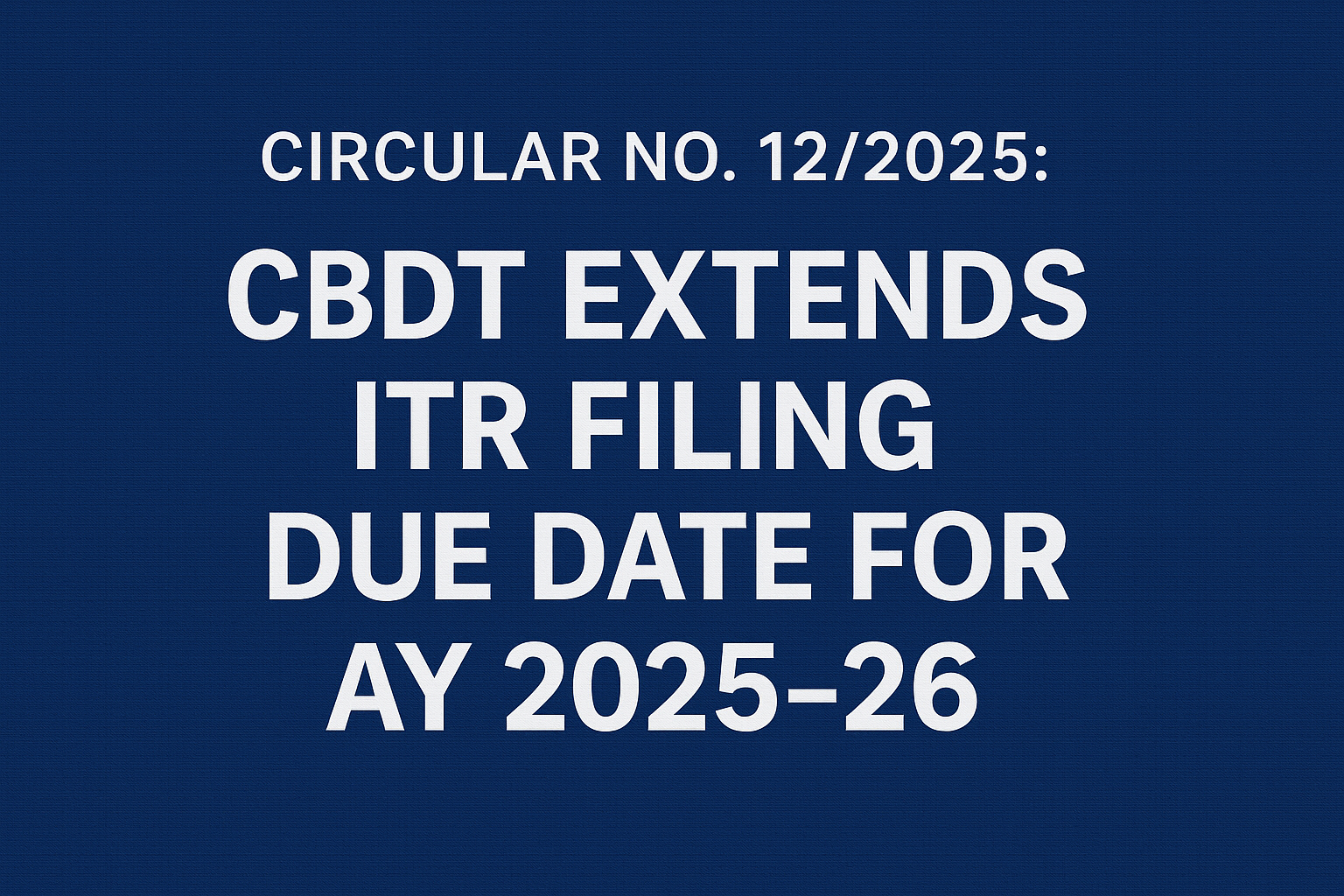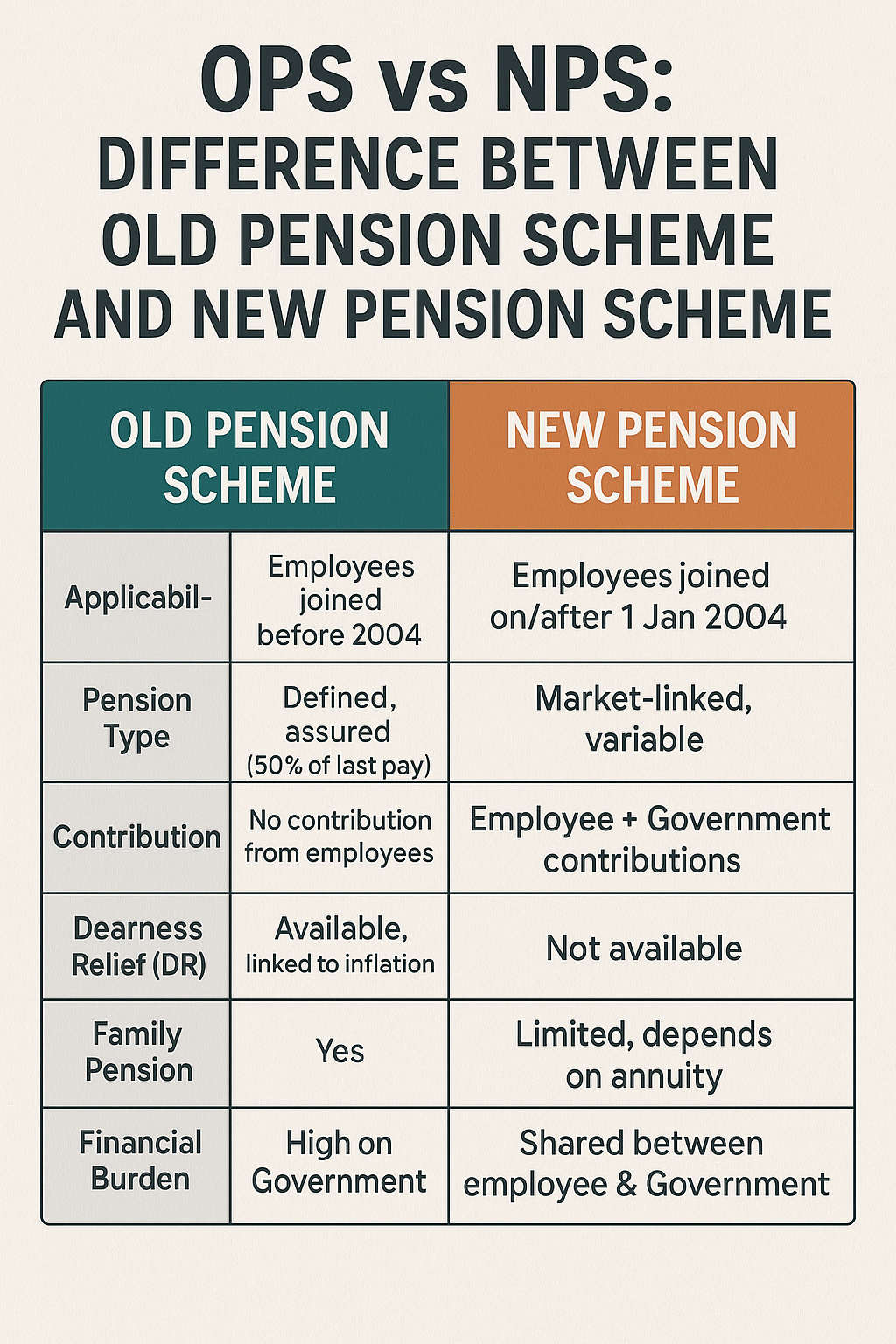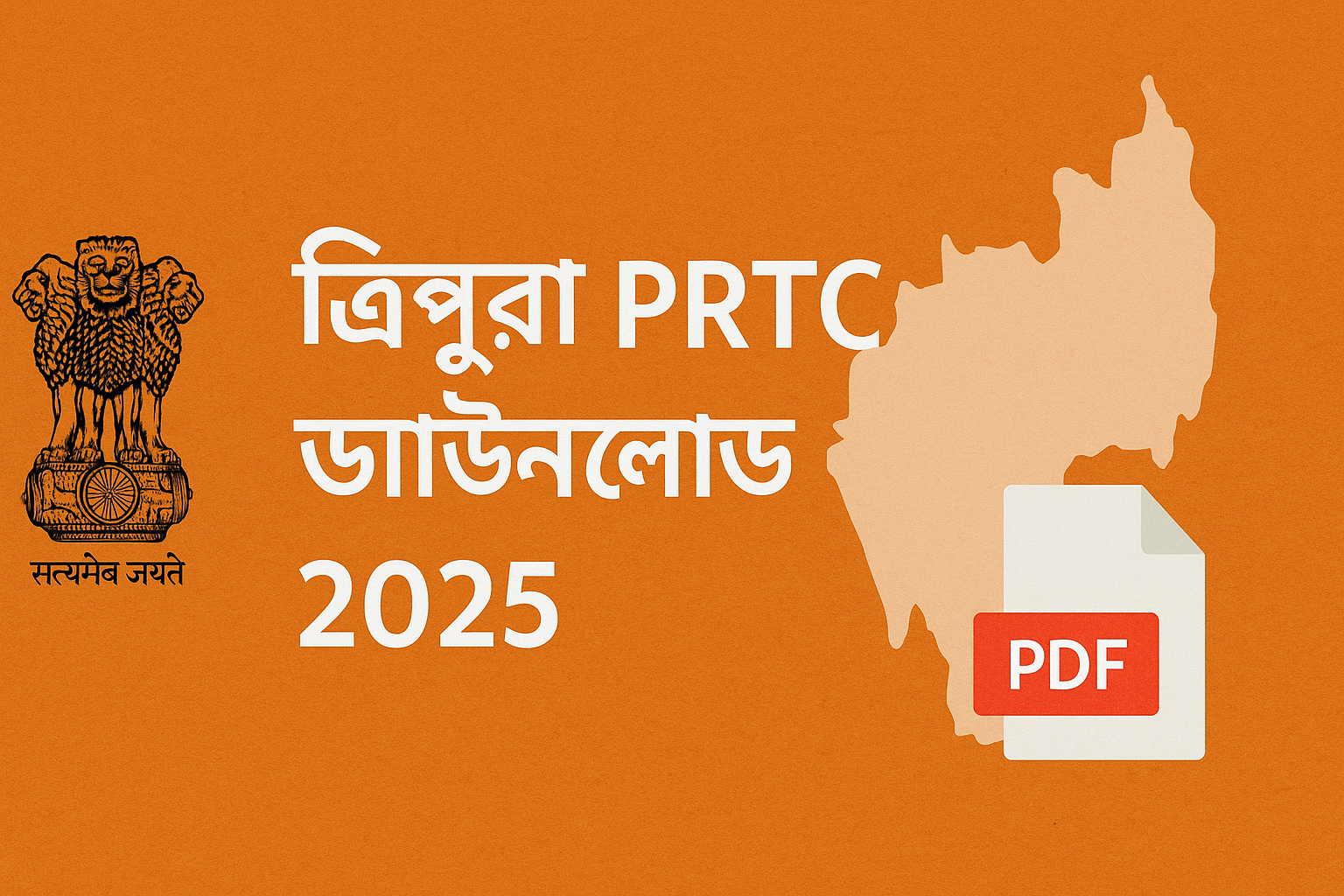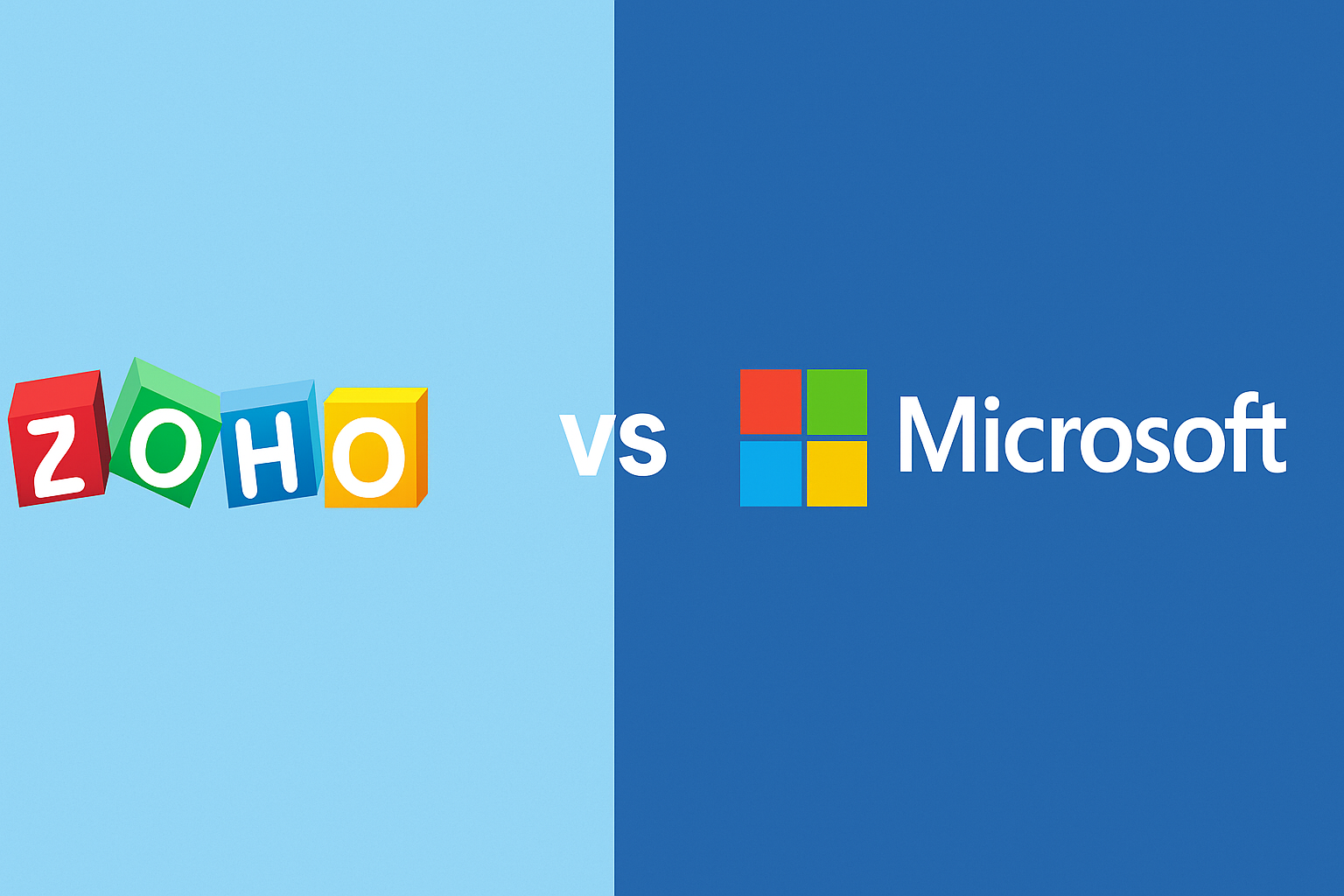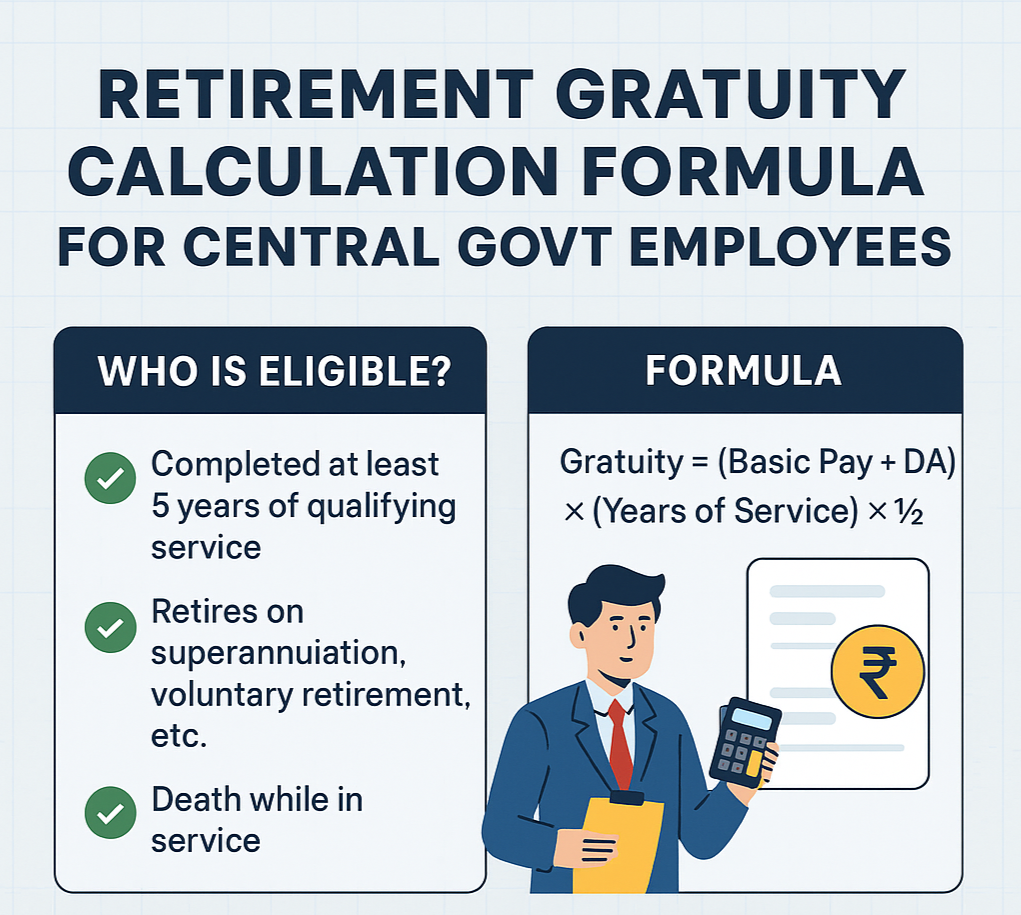Tripura’s History, Ethnic Origins, and Bengali-Tripura's Relations
.jpeg)
History of Tripura
Tripura, a state in Northeast India, has a long and complex history, with its origins rooted in an ancient kingdom. The early history of the region is a blend of mythology and documented history, as chronicled in the Rajmala, a 15th-century court chronicle.
- Ancient Period: According to the Rajmala, the kingdom of Tripura was ruled by a long line of kings from the Yoyati of the Lunar Dynasty. The state's ancient name, "Kirat Desh," is mentioned in the Mahabharata, and the royal family adopted the title "Fa" (meaning "father" or "head") in the 7th century.
- **Manikya Dynasty: The historical chapter of the royal line began with Maharaja Maha Manikya around 1400 A.D. The Manikya Dynasty ruled the kingdom for over 500 years, during which it expanded its territory to include parts of present-day Bangladesh and Myanmar. The rulers fostered a unique cultural legacy, merging indigenous traditions with Bengali influences.
- British and Post-Independence Eras: Under the British Raj, Tripura became a princely state. After India gained independence, the Maharani Regent of Tripura signed the Tripura Merger Agreement on September 9, 1949, and the state officially acceded to the Indian Union on October 15, 1949. Tripura became a Union Territory in 1956 and was granted full statehood on January 21, 1972.
Ethnic Origins
Tripura's population is a diverse mix of indigenous tribal communities and a large Bengali population.
- Indigenous Tribes: The original inhabitants of Tripura are the Tripuri people (also known as Tipra or Twipra). They belong to the Tibeto-Burman ethnic group, with ancestral origins traced back to the upper courses of the Yangtze and Hwang Ho rivers in Western China. Over time, they migrated through the Himalayas and settled in the region. Other major tribes in Tripura include the Reang, Jamatia, Chakma, Halam, Noatia, and Mog, among others.
- Indo-Aryans: The other major racial element in the state is the Indo-Aryans, primarily represented by the Bengalis. The Bengali population has grown significantly over time, particularly after the Partition of India.
Bengali-Tripura Relations
The relationship between the Bengalis and the indigenous Tripuris has evolved over centuries, marked by both cultural exchange and demographic shifts.
- Early Contact and Cultural Patronage: Bengali settlement in the region dates back to as early as the 10th century. The Manikya Dynasty, particularly since the reign of King Ratna Manikya (1464-1468), showed a liberal patronage to the Bengali language and culture. This is evidenced by the royal family's close relationship with Bengali literary figures like Nobel laureate Rabindranath Tagore, who visited the state multiple times. The kings of the Manikya dynasty also adopted Bengali language and scripts for their court chronicles, such as the Rajmala.
- Demographic Shift and Post-Partition Influx: The most significant change in the state's demographics occurred after the Partition of India in 1947. Due to religious persecution, a massive influx of Bengali Hindu refugees from Muslim-majority East Pakistan (now Bangladesh) migrated to Tripura. This migration, which continued through the 1971 Bangladesh Liberation War, drastically altered the state's population composition. The indigenous Tripuri people, who were once the majority, became a minority in their own homeland.
- Modern Relations: The demographic shift has led to tensions and conflicts over land rights and political power. In response, the Indian government has taken measures to address the concerns of the indigenous population, including the establishment of the Tripura Tribal Areas Autonomous District Council (TTAADC) to protect the rights and culture of the tribal communities. Today, the state has a unique cultural identity that is a blend of both indigenous and Bengali traditions.
Share Example

.jpeg)
.jpeg)
.jpeg)
.jpeg)
.jpeg)
.jpeg)
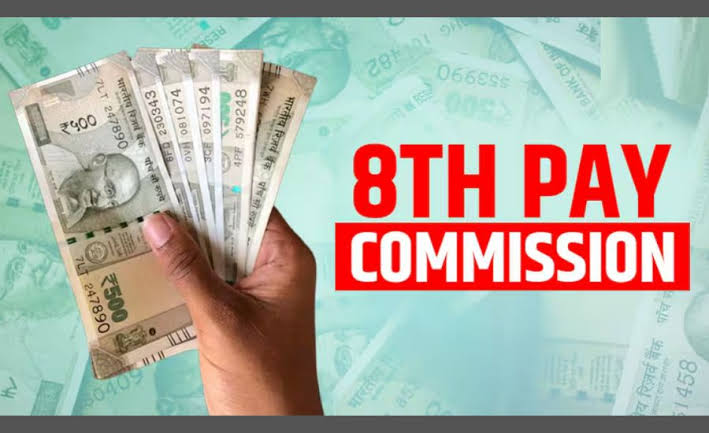

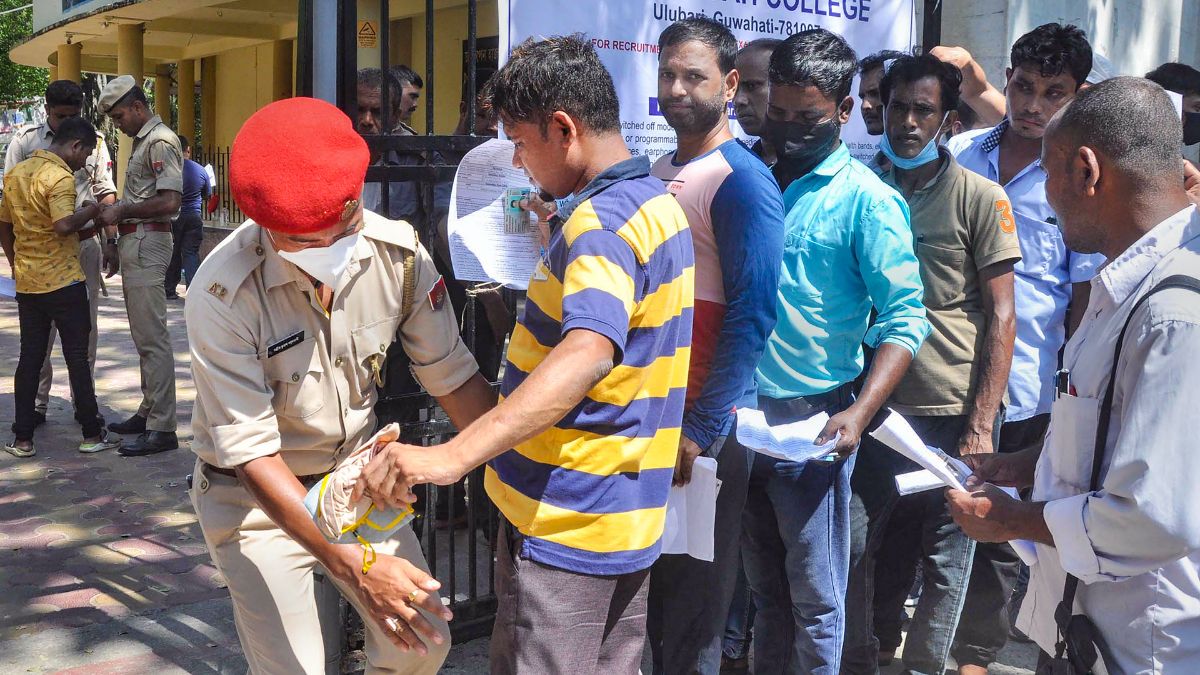

.jpeg)



